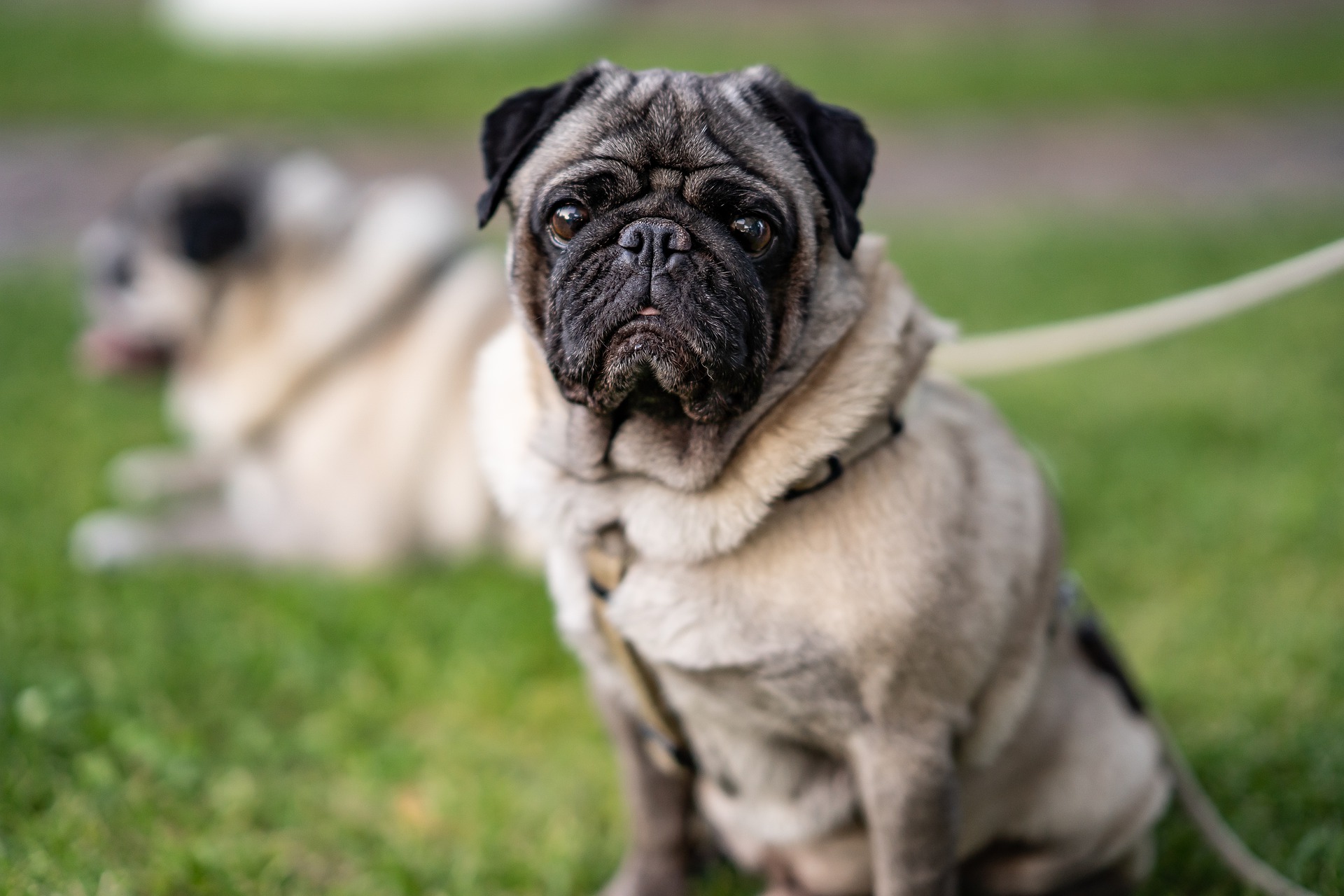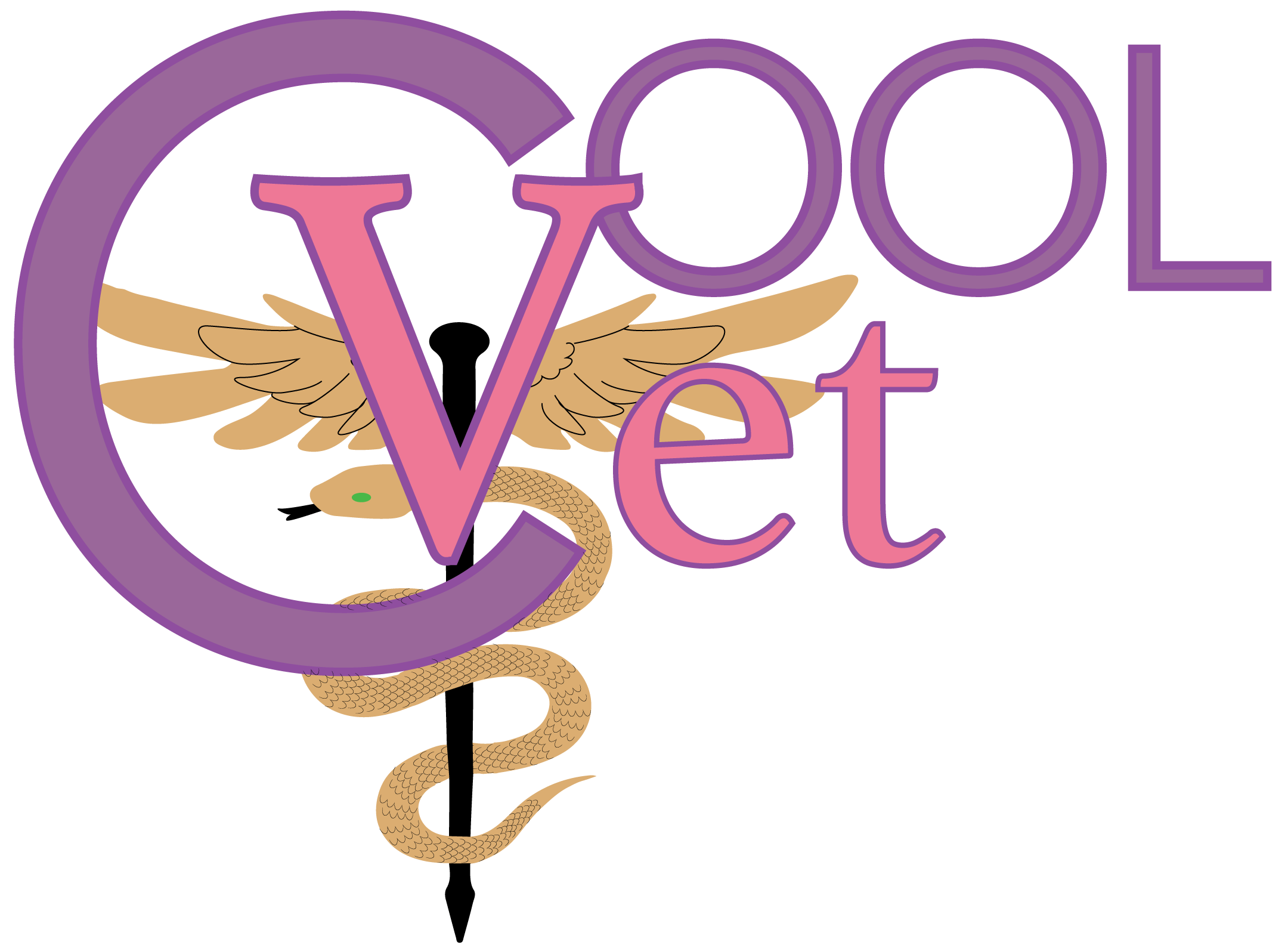
We take the safety and health of your pet seriously, and always make their care our number one priority, to get them back to you with minimal discomfort. Browse our list of resources for Pre-Op Instructions, Post-Op Instructions, and other pet care documents. If you have any additional questions or are curious where we will be operating from contact us today. We love seeing happy and healthy pets!
Conditions & Other Pet Health Information
The below medical conditions are ones we help treat in pets across PA, NY, NJ, or MD. Feel free to download info about these conditions to better understand what veterinary service your pet may need.

Anal Gland & Anal Sac
Anal glands can become impacted; this means that the secretion is too thick to be excreted naturally. The secretion becomes thicker as it stagnates in the anal gland. If the duct of the anal gland becomes narrowed due to inflammation, scar tissue, or for other reasons, the secretion cannot escape from the gland. Infection of the anal sac may accompany anal sac impaction. With infection, pus forms in the anal sac. A swollen or scarred duct may not allow the infection to escape from the gland, thus the gland ruptures internally and the infection spreads to neighboring tissues.
To continue reading download the full article now.
Send download link to:

Brachycephalic Syndrome
In dogs and cats, being brachycephalic means that the skull and in particular the face and nose are shortened. "Brachy" means "shortened" and "cephalic" means "head". People may describe it as the face appearing "pushed in." As the face and nose bones are shortened, the anatomy of other tissues change as the amount of space is restricted. Animals that are brachycephalic have a compressed face, with nostrils that are, often times narrowed.
To continue reading download the full article now.
Send download link to:

Cranial Cruciate Ligament Rupture
To continue reading download the full article now.
Send download link to:

Fragmented Coronoid Process or FCP in Dogs
The elbow joint is made up of 3 separate bones, the radius, the ulna, and the humerus. Developmental abnormalities may occur in the elbow joint, mostly in medium and large breed dogs. There are three common developmental problems that are often referred to as 'elbow dysplasia', namely a fragmented coronoid process (FCP), and ununited anconeal process (UAP), and osteochondritis dissecans (OCD).
To continue reading download the full article now.
Send download link to:

Hip Dysplasia
To continue reading, download the full article now.
Send download link to:

Inguinal Hernia
The inguinal canal is an opening of the muscle wall in a dog’s groin, which exists in order for blood vessels and spermatic cord pass to the testicles in male dogs and for the vaginal process to pass through for female dogs. An inguinal hernia occurs when the opening of the inguinal canal widens, allowing abdominal contents to bulge out of or pass through.
To continue reading about pet health, download the full article now.
Send download link to:

Parathyroid Gland
The parathyroid glands are small (1/4 inch diameter), flat glands that play a very important role in maintaining the blood calcium concentration in dogs and cats. Chemical sensors within the parathyroid glands monitor blood calcium levels and if the calcium levels decrease, the glands secrete parathyroid hormone (PTH). PTH acts on the kidneys, intestines, and bones to increase the amount of calcium in the bloodstream. There are usually four parathyroid glands in most mammals, two on either side of the throat, closely associated with the thyroid glands (hence the name, parathyroid). Tumors of the parathyroid glands are uncommon; however they can produce serious problems in dogs and cats if the tumors secrete excessive, unregulated amounts of PTH. Excessive PTH causes elevated levels of blood calcium which can have toxic effects on the kidneys, the intestines, and the brain.
To continue reading on pet health, download the full article now.
Send download link to:

Patellar Luxations
The patella, or knee cap, is a small bone buried in the tendon of the extensor muscles (the quadriceps muscles) of the thigh. The patella normally rides in a femoral groove within the stifle. The patellar tendon attaches on the tibial crest, a bony prominence located on the tibia, just below the knee. The quadriceps muscle, the patella and its tendon form the “extensor mechanism” and are normally well-aligned with each other. Patellar luxation is a condition where the knee cap rides outside the femoral groove when the stifle is flexed. It can be further characterized as medial or lateral, depending on whether the knee cap rides on the inner or on the outer aspect of the stifle.
To continue reading about pet health, download the full article now.
Send download link to:

Perineal Hernias
A perineal hernia is a condition that occurs in both dogs and cats in which there is an abnormal displacement of pelvic and/or abdominal organs (small intestine, rectum, prostate, bladder, or fat) into the region around the anus called the perineum. A perineal hernia is most successfully treated using the internal obturator muscle flap technique. Castration is always performed at the same time as the perineal hernia surgery so that the prostate will shrink, thus minimize straining during bowel movements.
To continue reading download the full article now.
Send download link to:

Persistent Right Aortic Arch ( vascular ring anomaly )
What is PRAA?
The term vascular ring anomaly describes several disorders that occur because of abnormal development of the major blood vessels in the chest. Malformations in these arteries may entrap vital structures, or may be harmless differences that never hamper a dog's health. The most common abnormality is a persistent right aortic arch which develops instead of the left aortic arch that would normally become the permanent aorta, the main blood vessel leading from the heart. It causes varying degrees of narrowing of the esophagus, leading to digestive problems in weanling puppies.
These anomalies are relatively common in puppies. They do not cause problems in the circulation of blood around the body; however, entrapment of the esophagus and sometimes the trachea can cause regurgitation, unthriftiness, and often aspiration pneumonia.
To continue reading download the full article now.
Send download link to:

Quadriceps Contracture
Preventing Quadriceps Contracture
Quadriceps contracture is a severely debilitating condition in which the quadriceps muscle group (large muscle groups on the front of the thigh) develops fibrosis (scar tissue) and adhesions due to fractures above or below the stifle joint (knee). This results in a shortening of the muscle and the inability to flex the knee. This loss of normal range of motion prevents your pet from using the leg. Treatment is very expensive and painful surgery that, unfortunately, is rarely successful. You can see why preventing this serious complication is extremely important to the full return to normal function of your pet.
To continue reading download the full article now.
Send download link to:

Screwtail in Bulldogs
Intertriginous dermatoses, or skin fold pyoderma, is a well recognized disorder caused by excessive skin folds in various regions in dogs, such as nasal, lip, perivulvular, and the secondary to the screw-tail, or ingrown tail abnormality in bulldogs. Redundant skin in these areas leads to skin friction, excessive moisture, and poor air circulation. Trapped skin secretions are fertile ground for surface bacteria and yeast to establish infection.
To continue reading download the full article now.
Send download link to:

Shoulder OCD
Osteochondrosis occurs commonly in the shoulders of immature, large, and giant-breed dogs. The lesion usually appears on the caudal (back) surface of the humeral head. Osteochondrosis begins with a failure of immature cartilage to form bone in the humeral head. This failure leads to abnormal cartilage thickening. Increased cartilage thickness may result in malnourished cartilage cells that die. Loss of these cartilage cells deep in the cartilage layers leads to formation of a defect at the junction between cartilage and bone. Subsequently, normal daily activity may cause fissures in the cartilage that eventually communicate with the joint, forming a cartilage flap. It is with the formation of a flap that osteochondrosis becomes osteochondritis dissecans (OCD). OCD is the form of osteochondrosis that is associated with pain and dysfunction. In some cases, the resulting flap occupies as much as half the humeral head. The causes of OCD are multifactorial with genetic and nutritional interactions thought to be the central factors.
To continue reading download the full article now.
Send download link to:

Thyroid Masses
Overview: The thyroid glands are paired structures located along the windpipe (trachea), about halfway down the neck of dogs and cats. The thyroid glands are responsible for producing hormones that are vital for normal body function. Thyroid growths in dogs can be benign (adenoma) or malignant (carcinoma). Benign growths tend to get larger and may produce excess hormones; malignant growths can also spread to other parts of the body. While benign tumors of the thyroid gland are common in cats, the majority of dogs have malignant tumors. Thyroid tumors are commonly seen in middle aged to older large breed dogs such as boxers, beagles, golden retrievers, and Siberian huskies.
To continue reading download the full article now.
Send download link to:

Total Ear Canal Ablation
Otitis externa is an inflammation of the ear canal. Because dogs’ ear canals are L-shaped , fluid does not drain easily from canal openings. Additionally, the lining of the ear can become inflamed and thickened, blocking air and fluid flow in and out of the canal. Animals with otitis externa can also develop otitis media (middle ear inflammation). Similar to the problem seen in children (especially after airplane flights), fluid can build up behind the ear drum, causing pressure and pain. Otitis externa and media are common conditions in dogs, particularly in specific breeds such as the Cocker spaniel and German shepherd.
To continue reading download the full article now.
Send download link to:
Important Discharge Information for Your Pet
If your pet is receiving any of the below procedures, please download and read the relevant info below. Contact us if you have further questions about your pet’s health.
Abdominal Exploratory
Send download link to:
Abdominal Surgery
Send download link to:
Achilles Brace Care
Send download link to:
Achilles Tendon Repair
Send download link to:
Femoral Head & Neck Excision
Send download link to:
Fracture Repair
Send download link to:
KE Fracture Reapir
Send download link to:
Patellar Luxation Repair/Cruciate Ligament Rupture
Send download link to:
Perineal Urethrostomy for Cats
Send download link to:
If you are unsure whether we can provide a procedure for your pet, or if you want to know whether we can work with your non-conventional pet, please contact us and we will answer your questions.
